History of CAIAC
CAIAC thanks Gord McCalla, University of Saskatchewan, for documenting the events of the early years of our Association.
1973
A workshop for Canadian artificial intelligence researchers is hosted at the University of Western Ontario from May 23-25. The meeting has sessions on Mathematical Studies; Psychological Modelling; Image Processing, Pattern Recognition, and Vision; Languages for Artificial Intelligence; Artificial Intelligence Education; and Applications in Teleconferencing, Image Processing. Attendees include Paul Allard, Colin Billowes, Bert Bridgewater of the Communications Research Centre in Ottawa; Norm Badler, Walter Berndl, Lou Melli, John Mylopoulos of the University of Toronto; George Baylor, David Davey, Jean Gascon, Neil Stewart of the Université de Montréal; Wayne Davis, Charles Morgan, Jeff Sampson, Len Schubert of the University of Alberta; Johan Leemet, Martin Levine, Larry Paul, Ron Poulsen, Doug Skuce of McGill University; Tom Pietrzykowski of the University of Waterloo; Ray Reiter, Richard Rosenberg of the University of British Columbia; F.R. Skilton of Brock University; Tony Kasvand of the National Research Council; and the host University of Western Ontario AI Group: Kee Dewdney, Tony Dixon, Ted Elcock, John Hart, Donald Kuehner, John McCallum, Zenon Pylyshyn.
The most significant outcome of the workshop is to create the Canadian Society for Computational Studies of Intelligence/Societé canadienne pour études d'intelligence par ordinateur (CSCSI/SCEIO), to organize Canadian AI researchers and to represent Canadian AI research to a broader community. CSCSI/SCEIO thus becomes the first explicitly national AI organization in the world, although SIGART (special interest group of the ACM), AISB (the British-based AI organization), and the IJCAI conference organization predate it. A steering committee is struck consisting of Ted Elcock (Chair), John Hart (Secretary-Treasurer), Ray Reiter (Newsletter Editor), and members George Baylor, Wayne Davis, Jean Gascon, John Mylopoulos,Tom Pietrzykowski, Richard Rosenberg, and Zenon Pylyshyn. This steering committee is the first CSCSI/SCEIO executive, establishing a precedent for active, committed volunteers drawn from across the country, serving the interests of AI in Canada through their efforts in CSCSI/SCEIO.
1974
The first CSCSI/SCEIO newsletter is produced, in February, under Ray Reiter's editorship (Ray was then at UBC). Through the rest of the 1970's, newsletters came out (more or less) annually in one-off issues under "guest" editorships. The cover of this first newsletter is a drawing entitled "(GRASP KING-KONG BANANAS)" showing King-Kong on the top of the Empire State Building trying to grasp a bunch of hanging bananas. This kicks off the longstanding Canadian tradition of AI humour, a tradition exploited in subsequent newsletters and conferences by the likes of Sydney J. Hurtubise, R. M. Duck-Lewis, Rogatien "G." Cumberbatch, Natch de Montréal, Rock M. Farmer-Tailor, and Horace P. Hopozopen, among many others.
The second ever CSCSI/SCEIO event is held, an invited research workshop, May 28-29, at the University of Ottawa, involving 77 Canadian AI faculty and senior AI graduate students, including some Canadian ex-patriates. This sets the precedent for CSCSI/SCEIO academic gatherings as a good place for graduate students to make their research debuts.
1976
The first formal CSCSI/SCEIO conference (with fully refereed papers, archival conference proceedings, etc.) takes place, at the University of British Columbia, August 25-27, hosted by Richard Rosenberg (General Chair) and Alan Mackworth (Program Chair), both from the University of British Columbia. This conference becomes a regular event, and is held biennially.
1978
The second CSCSI/SCEIO biennial conference is held, July 19-21, at the University of Toronto, with Ray Perrault of the University of Toronto as General Chair, and Ted Elcock (University of Western Ontario) as Program Chair.
Late 1970's
CSCSI/SCEIO becomes a special interest group of the Canadian Information Processing Society (CIPS), an effort pioneered by Wayne Davis of the University of Alberta. At the time and subsequently, the CIPS linkage has consistently been controversial, but has provided many advantages to both organizations.
UBC's Alan Mackworth, a member of the CSCSI/SCEIO Executive Committee, also becomes a member of the Executive Committee of IJCAI, Inc., the beginning of his long service to both Canadian and international AI.
1980
CSCSI/SCEIO receives its Ontario "letters patent", incorporating it as a legal entity. John Mylopoulos of the University of Toronto guides the legal incorporation effort.
The newsletter is put on a more regular basis under the guidance of Wayne Davis. Wayne becomes editor-in-chief of a joint newsletter produced by three CIPS special interest groups: CSCSI/SCEIO, the Canadian Man-Computer Communications Society (CMCCS), and the Canadian Image Processing and Pattern Recognition Society (CIPPRS). The newsletter appears on a semi-annual basis through to the mid-1980's.
The third CSCSI/SCEIO biennial conference is held, May 14-16, at the University of Victoria, with Wayne Davis as General Chair and Len Schubert (University of Alberta) as Program Chair. CMCCS co-locates their conference, and CIPPRS has its organizational meeting at the same time, a precursor to the eventual AI/CRV multi-conference that is now standard.
1981
The Seventh International Joint Conference on Artificial Intelligence (IJCAI) becomes the first to be held in Canada, taking place from August 24-28 at the University of British Columbia. It is co-sponsored by CSCSI/SCEIO with UBC's Richard Rosenberg as Local Arrangements Chair and Alan Mackworth helping in the liaison with IJCAI, Inc.
1982
The fourth biennial CSCSI/SCEIO conference is held at the University of Saskatchewan, with Gord McCalla (University of Saskatchewan) as General Chair and Nick Cercone (Simon Fraser University) as Program Chair.
1983
In January the Science Council of Canada hosts a two-day invited workshop to discuss the burgeoning interest in AI, with many AI researchers and government and industry attendees. In response to demand from the workshop attendees, CSCSI/SCEIO promises to prepare a comprehensive overview and survey of Canadian AI research activities and attitudes, to be coordinated by Gord McCalla and Nick Cercone. By the end of the year a document entitled "Directions for Canadian Artificial Intelligence" is prepared and distributed to the membership and at various meetings during the next year.
The Canadian Institute for Advanced Research (CIFAR) is founded, under the leadership of Fraser Mustard, and during 1983-1984 organizes its first distributed research network in "Artificial Intelligence, Robotics, and Society" (AIRS), with considerable impact on the Canadian AI community.
1984
In March the Science Council of Canada and CIFAR host a meeting in Ottawa to announce the AIRS network to the more general Canadian AI community.
The Canadian Society for Fifth Generation Research (CSFGR) is formed as an outcome of a meeting in Ottawa sponsored by NSERC and organized by Carl Hamacher, University of Toronto, and Eric Manning, University of Waterloo. Later in the year Nick Cercone becomes the first President of CSFGR.
The fifth biennial CSCSI/SCEIO conference is held at the University of Western Ontario, May 15-17, thus bringing CSCSI/SCEIO back to its founding location. General Chair is Ted Elcock and Program Chair is John Tsotsos of the University of Toronto.
On July 1 the CIAR AIRS network officially comes into being. The main centres involved in AIRS are the University of Toronto, the University of British Columbia, and McGill University. AIRS becomes the template for the later development of the tri-council Networks of Centres of Excellence and the NSERC Strategic Research Networks programs.
Graeme Hirst, University of Toronto, takes over as newsletter editor, creating a flashy independent CSCSI/SCEIO magazine called "Canadian Artificial Intelligence/Intelligence artificielle au Canada" with the first issue appearing in September and subsequent issues appearing quarterly. The stylized CSCSI/SCEIO logo (with the "A" and "I" abutted and the maple leaf dotting the "I"), designed by Ottawa artist Kathryn Finter, makes its debut on the magazine cover. This magazine serves a rapidly growing membership eager for information and interaction as the AI boom gathers force. It is supported by society membership fees and a considerable amount of advertising from companies interested in AI.
1985
The first issue of Computational Intelligence, a new quarterly AI journal sponsored by CSCSI/SCEIO and published by the Journals Division of the National Research Council, appears in February. Nick Cercone and Gord McCalla are the founding editors. The journal is still going strong, now published by Wiley.
The Theoretical Approaches to Natural Language Understanding (TANLU) research workshop sponsored by CSCSI/SCEIO is held in Halifax, May 28-30. Richard Rosenberg (then briefly at Dalhousie) is General Chair, and Nick Cercone (not yet at Dalhousie!) is Program Chair.
1986
The sixth biennial CSCSI/SCEIO conference is held at Ecole Polytechnique de Montréal, May 21-23, with Renato De Mori (McGill University) as General Chair and Bill Havens (University of British Columbia) as Program Chair.
CSCSI/SCEIO membership peaks at nearly 1000 members.
2000
The CSCSI/SCEIO conference becomes an annual event.
2008
The name of the society is officially changed from the CSCSI/SCEIO to CAIAC: Canadian Artificial Intelligence Association / Association pour l'intelligence artificielle au Canada.
At the time of the name change, a competition was launched, inviting individuals to create a new logo for the society. In total, 52 logo designs were received. The winning entry, which became the current CAIAC logo, was submitted by Juan Beltran, at the time an undergraduate student at the University of Toronto, doing a double major in New Media Studies and Psychology.




